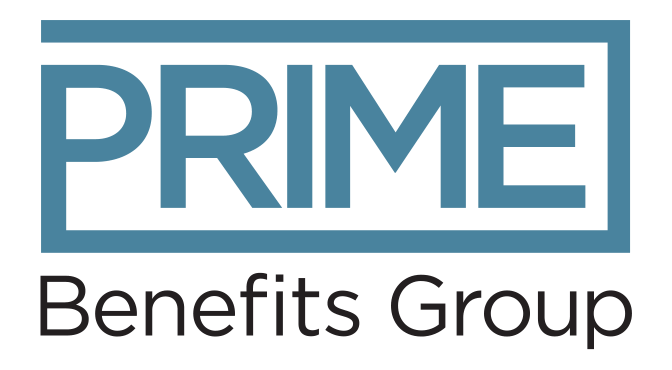- Have a question?
- 613-89-Prime (77463)
- 1-866-950-3667
- info@primebenefitsgroup.com
Maximizing Unused Mental Health Benefits in the Workplace


World Mental Health Day, marked on October 10th, is dedicated to promoting mental health awareness and advocacy worldwide, and an opportunity to address what more needs to be done to make mental health care a reality. It’s also a reminder that mental health is just as important at physical health, and that we should all strive to create a world – and a workplace — where mental well-being is a priority.
One of the benefits that emerged out of the COVID-19 pandemic was a growing awareness of mental health at work. While many companies offer mental health benefits to their employees, not everyone is taking full advantage of these resources, leaving as much as 30 per cent of total compensation on the table.
Untapped Potential
In Canada, half a million people are unable to work due to poor mental health every week, and 38 per cent have taken time off work in the last five years due to mental health issues. Yet research shows that employee use of Employee Assistance Programs (EAPs) is below 10 per cent within a given year. Almost half of employees don’t even know whether their employer offers an EAP, and only five per cent are pleased with the EAP offered.
According to a Future Skills Centre report, it seems the way employers’ benefits are designed isn’t serving the employees who need these resources, and suggests the “lack and nature of existing benefits packages challenge the profitability of Canadian firms.”
Stigma around mental health issues might also make employees hesitant to openly seek help. Others might simply be unaware of the benefits offered, while some might feel overwhelmed by the process of accessing them. The bottom line is, there’s a gap between what’s available and what’s being used.
Closing the Gap: What Employers Can Do
Employers play a crucial role in bridging this gap and fostering a mentally healthy workplace.
Here are some steps employers can take:
- Destigmatize Mental Health: Work to create a culture that destigmatizes mental health by openly discussing the importance of emotional well-being, sharing stories of resilience, and encouraging conversations. When employees see that their organization values mental health, they’ll feel more comfortable seeking help when needed.
- Raise Awareness: Actively promote awareness about mental health benefits offered. This could include sending out regular reminders, organizing workshops or webinars, and providing informational resources. Leverage the power of social media posts to highlight what the company is doing to support mental health awareness initiatives, and consider using this information in training materials. When employees know what’s available, they’re more likely to take advantage.
- Simplify Access: Sometimes, navigating the world of mental health benefits can be overwhelming. Employers have a role to play in making it as simple as possible to access these resources by providing clear instructions on how to use benefits, creating user-friendly online portals, or offering confidential channels for seeking help.
Lead By Example
As we mark World Mental Health Day, company leadership has an opportunity to set an example by prioritizing their mental health. When leaders openly acknowledge their experiences and seek support, it sends a powerful message that it’s acceptable to reach out for help. This can go a long way in normalizing mental health conversations in the workplace.
By fostering a culture of awareness and accessibility, both employers and employees can contribute to a healthier workplace. Contact us for more information and advice on how you can close the gap between benefits offered and those utilized.
Suggested Reading
World Mental Health Day – World Health Organization
How Employers Can Act On Unused Employee Benefits